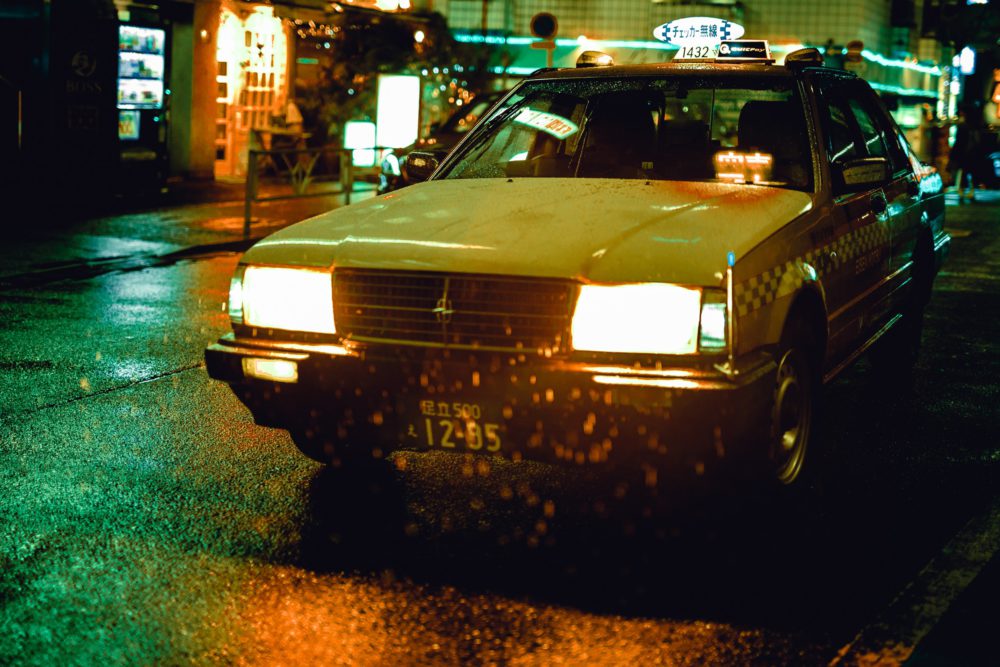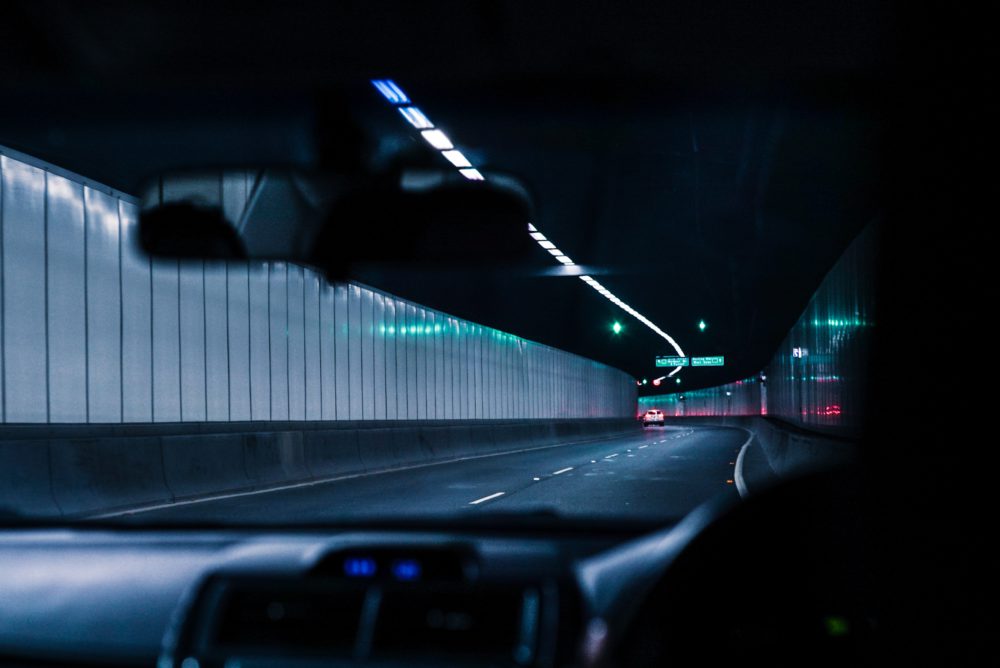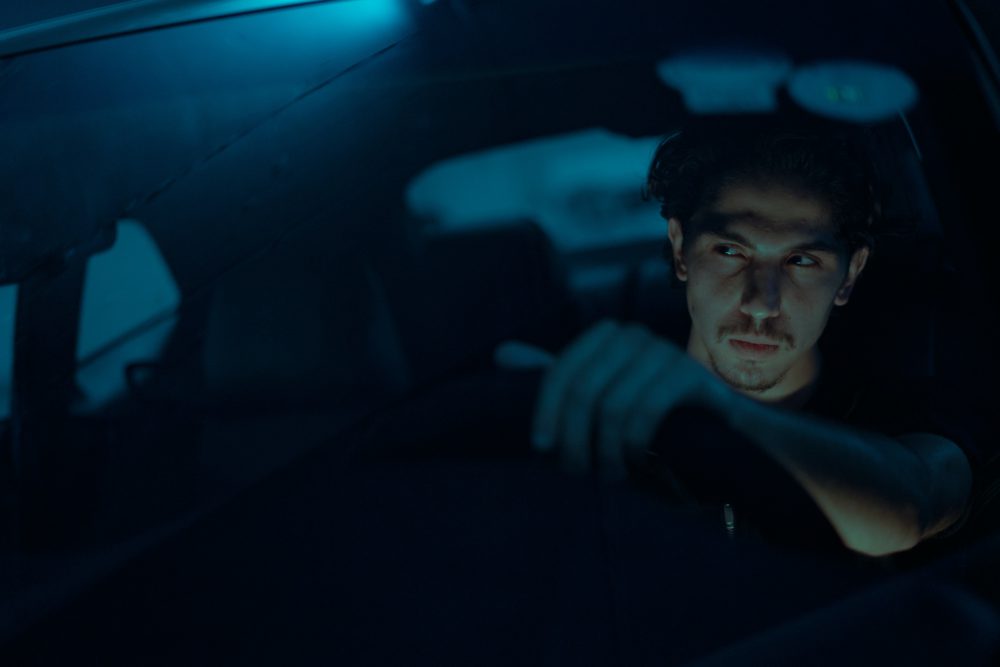The clocks going back often causes a surge in early evening accidents. And since we’re getting an extra hour back, it’s not people speeding to get to work. Instead, it’s the simple fact that more of us are driving at night (or at least, it the dark).
The roads are always going to be less safe after sundown. But by following these tips and keeping your wits about you, you could avoid mishaps.
The better the visibility, the better you’ll drive.
When you think about it, you actually have a surprising amount of control over the level of visibility you have while driving at night. You can:
Make sure your lights are in good condition.
Deteriorating headlights can lose up to 80% of their effectiveness. But fixing dim headlights is something you can do quite easily.

Keep your windows clean.
It’s not just a matter of pride. Dirty windows will reduce the distance you can see, and potentially make glare worse.
Choose a well lit route.
There’s a world of difference between driving under street lamps and simply depending on your headlights. Picking a route you know will be well lit can help you shortcut around a load of stress – even if it takes a bit longer.
Use your rearview mirror’s night mode.
If it has one, use the button on your rearview mirror to turn on night mode. This makes the lights of the drivers behind you appear less dazzling. Never knew what that button was for? Don’t worry. Apparently you weren’t alone.

Talk to your optician.
Glare is annoying, but your tinted glasses aren’t the answer. They’ll reduce your overall visibility – to the point you risk breaking the law. If you’re looking for eyewear that’ll really help with driving at night, talk to a pro.
Eat your carrots.
Unless mum was fibbing, they help you see in the dark. Hmm. Actually come to think of it, this one might not make much of a difference. Can’t hurt though.
Make life easier for yourself (and others).
As well as making sure your car is up to the task, it’s important that you’re on good form too…
Driving tired is almost as bad as drunk driving.
Unlike testing for alcohol, the police can’t pull you over and get an objective measure of how tired you are. But if they could, they probably would. That’s because some estimates cite fatigue as the cause of as much as 21% of all fatal crashes – and 20% of incidents overall. Statistically, it looks like driving when drowsy is really not much better than driving drunk. Don’t do it.

Give yourself more time.
In lower visibility, you should be driving at lower speeds than you would in the day. And as night driving takes more concentration, it’s more tiring. So you’ll want to allow yourself some breaks. If you’re in a rush, you’ll be less likely to do the sensible thing. So, if your route planner app says the journey will take 2 hours, budget for 3 and take it easy.
Keep your eyes on the road ahead.
By keeping your vision locked on your own lane, you reduce the risk of being dazzled by other cars’ lights. To make sure you’re not dazzling anyone else, always be ready to flick your high beams off at the first sign of approaching traffic.
Be extra aware of cyclists.
In an ideal world, cyclists would be easy to spot. Unfortunately, not everyone remembers their lights or reflective gear – especially around the start of Autumn when it suddenly gets darker, sooner. By being extra vigilant at junctions and when overtaking, you can help avoid accidents with cyclists. When opening your door, be sure to use the dutch reach method.
Remember, the Highway Code updates of 2022 require you to leave 2 meters of space when overtaking a bike (which is roughly the size of a female cougar if you need a visual reference.)
For more tips on driving in less-than-ideal conditions, check out the links below:




